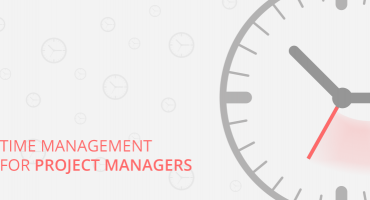Test Automation Frameworks: Choosing the Right Fit for Your Project
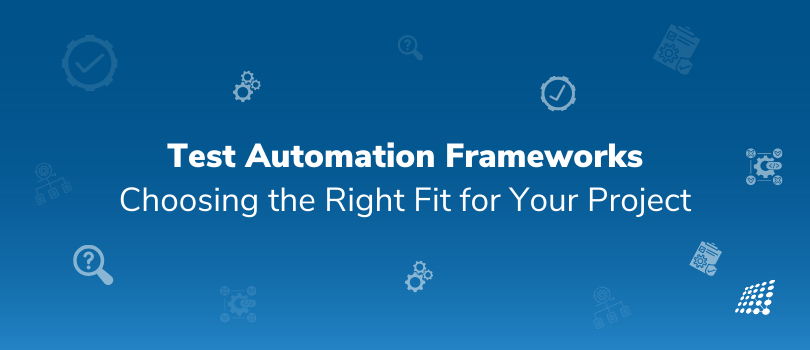
Frameworks for test automation are the backbone of efficient and systematic automated testing. They provide a structured approach, reusable components, and a set of guidelines for creating and maintaining automated test scripts. However, with a variety of frameworks available, choosing the right one for your project can be a critical decision.
Understanding Test Automation Frameworks
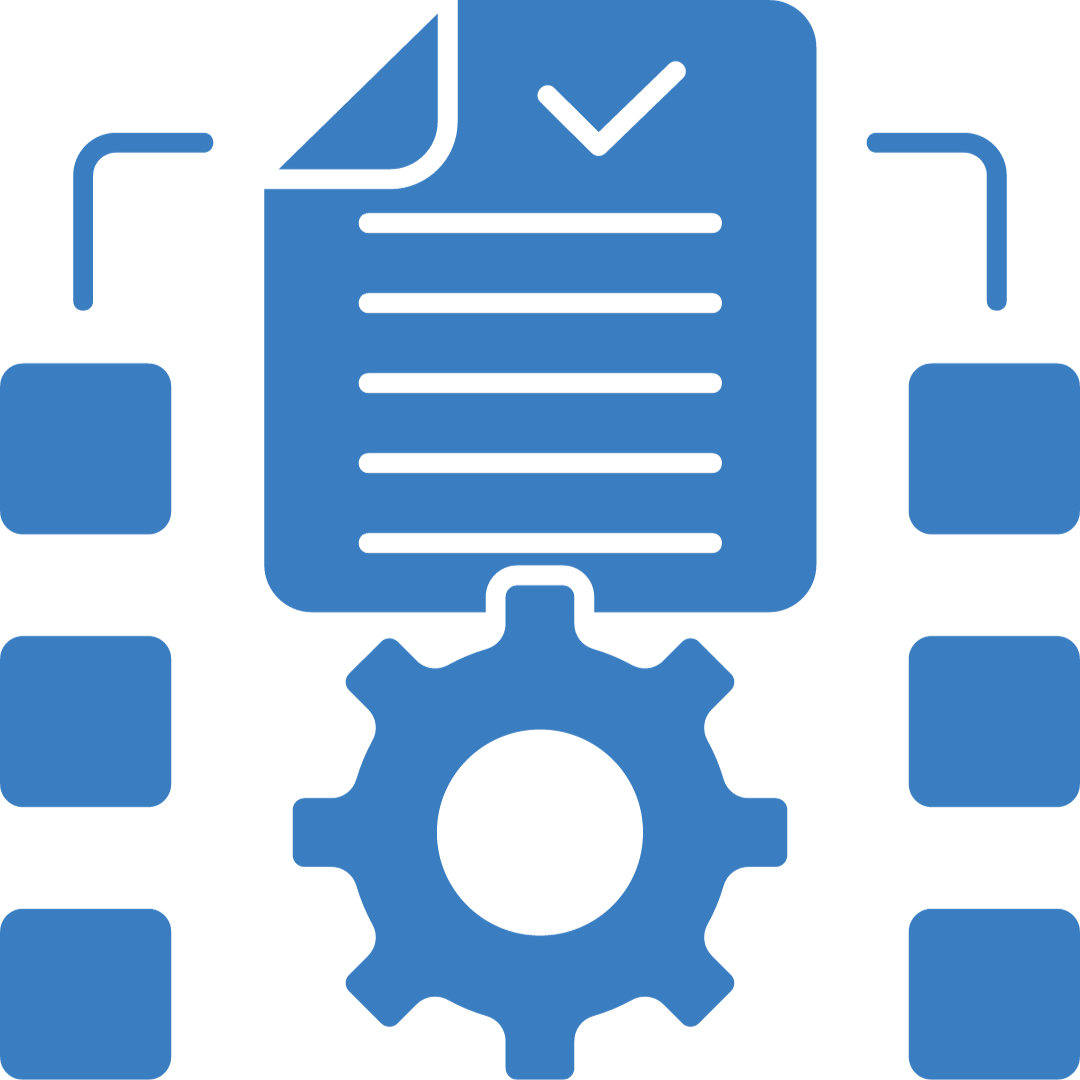
A test automation framework is a set of guidelines, coding standards, libraries, and best practices that facilitate the creation and execution of automated test scripts. The automation test framework servicenow streamlines the testing process, enhances script maintainability, and promotes consistency.
Frameworks provide essential components such as test data management, reporting, and interaction with the application under test. They define a structure that helps testers focus on test creation rather than dealing with technical intricacies.
Benefits of Utilizing Test Automation Frameworks

There are many benefits of automated testing:
1. Code Reusability: An automated framework comes pre-loaded with essential coding data, which is instrumental in the success of automation tests. This data can be stored for future use and reused as needed, eliminating the need for manual code insertion or rearrangement. The code can also be applied to other automation framework tests, and the developed scripts can be preserved for future use.
2. Cost-Effectiveness: The development of test cases is relatively inexpensive due to the established rules within the frameworks. Additionally, the ability to reuse codes multiple times reduces the cost and time required to build test cases for new features.
3. Reduced Manual Intervention: Automation frameworks operate based on set guidelines, achieving maximum coverage from the outset. This minimizes the need for individual intervention to run the automation tests. Even if the process fails, the automation frameworks can be rerun with minor adjustments, while the data remains constant, requiring no additional effort from an individual or team.
4. Enhanced Efficiency: Test automation frameworks enhance work efficiency and boost productivity through standardization. They ensure maximum test coverage as the code set within a framework is executed in a standardized manner from the start.
Common Types of Test Automation Frameworks
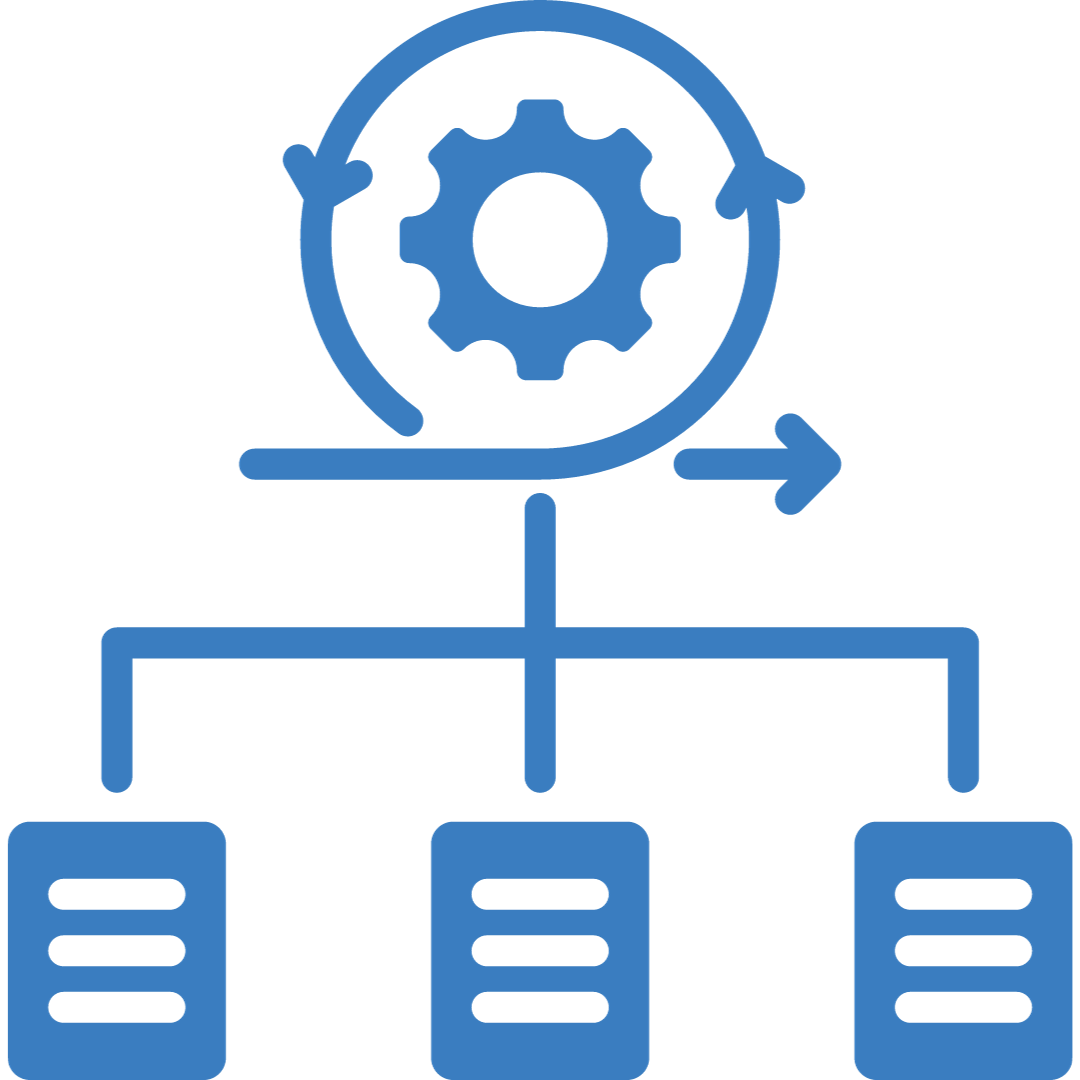
There are different types of automated testing frameworks:
- Linear Framework: Also known as a record-and-playback framework, this approach records user interactions and plays them back manually in a step-by-step process. It's simple but lacks flexibility and robustness. It also requires a significant amount of time to execute. While it doesn't rely on automation expertise and provides a straightforward way to record a script, it doesn't offer the possibility of script reuse. It also requires time for maintenance, and the test script must be hand-coded to run the framework in the future.
- Data-Driven Framework: This framework separates test scripts from test data. Tests are written in a way that they can be reused with different sets of data. In the process of testing an automation framework, a sequence of tests must be performed to achieve a successful result. There may be instances where the test data needs to be altered to explore different outcomes. The Data-Driven Testing Framework facilitates this by allowing the storage of test data in an external drive. This data can then be accessed later to add a new script to the test case.
- Keyword-Driven Framework: Keywords represent actions or operations. Test scripts are written using keywords that are then associated with specific actions in the application. Often viewed as an extension of the data-driven testing framework, the keyword-driven testing framework extracts test data from an external source and securely stores the set of codes, also known as 'keywords'. These keywords can be used to modify the test script to explore additional potential outcomes from the test framework. Keyword driven framework components also fundamentally determine the functions performed by each application.
- Hybrid Framework: A combination of various frameworks, this approach aims to leverage the strengths of different types while minimizing their weaknesses. The hybrid testing framework merges the benefits of both the data-driven and keyword-driven frameworks to maximize their potential. The best hybrid framework for mobile apps is considered the ideal automation framework, offering greater opportunities for enhanced productivity and success.
- Page Object Model (POM): The page object model framework abstracts the application's user interface into separate classes, making it easier to manage changes and updates.
- Module-Based Testing Framework: The model based testing framework relies on the presence of various modules to function. For this framework, individual scripts must be created for each module, and these scripts are then combined to yield optimal results from the automation test. Even if there are changes in the application's operation, the modules remain unaffected. The scripts stay intact unless they are manually modified. This approach provides a cost-effective management method as the combination of multiple modules results in a high degree of modularization, ensuring productivity remains high. However, it's worth noting that making individual changes to the test data, if required, can be time-consuming and labor-intensive.
Factors to Consider When Choosing a Framework
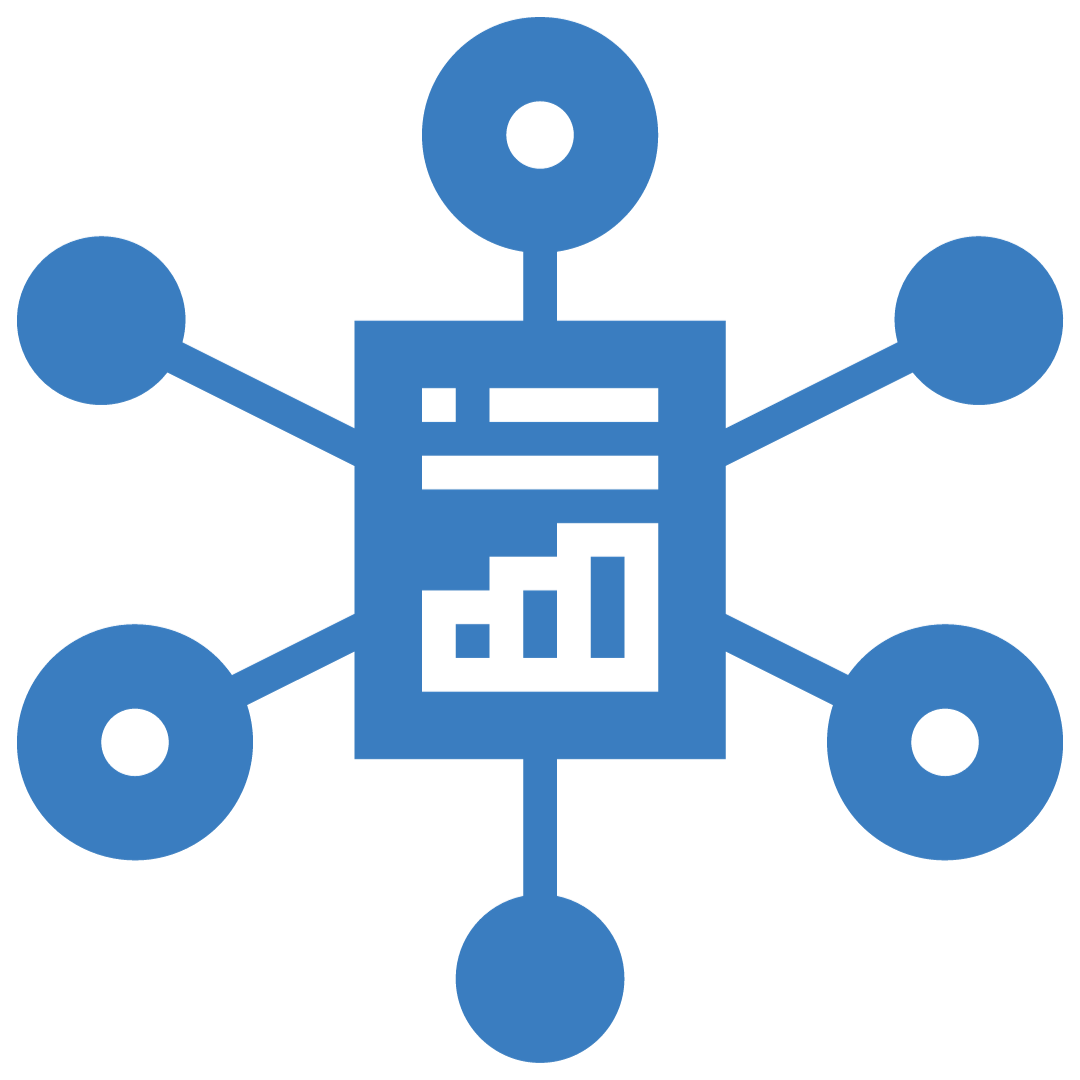
- Project Complexity: The project management complexity of your application and testing requirements should influence your choice of framework. Complex projects often benefit from more structured frameworks.
- Technical Skills: Consider the skills of your testing team. Some frameworks require programming expertise, while others are more user-friendly.
- Maintenance and Scalability: Frameworks that are easily maintainable and scalable are essential for long-term projects.
- Integration: Consider whether the framework integrates well with your continuous integration/continuous deployment (CI/CD) pipeline and other testing tools.
- Community Support: Active communities contribute to ongoing development, updates, and problem-solving.
Real-World Application
Imagine you're working on an e-commerce website. You want a framework that supports data-driven testing because you need to validate various product combinations, pricing scenarios, and shipping options. A data-driven framework would allow you to run the same test script with different sets of data, simplifying the testing process.
Evaluating Frameworks
What is an Evaluation Framework?
Proof of Concept (POC): Run a POC with a few different frameworks to evaluate how well they align with your project's needs.
Ease of Use: Is the framework user-friendly? Can your team quickly adapt to its concepts and practices?
Community and Documentation: Check if the framework has an active community and comprehensive documentation.
Customization: Does the framework allow you to customize its components to match your project requirements?
Choosing the right test automation framework is a critical decision that impacts your testing efficiency and effectiveness. The framework should align with your project's complexity, the technical skills of your team, scalability, and integration needs. By carefully evaluating various frameworks and considering your project's unique requirements, you can make an informed choice that contributes to successful test automation.
A well-chosen framework streamlines the testing process, enhances script maintainability, and empowers your testing team to create reliable and efficient automated tests.
Get in touch with our QA experts today to explore how our expertise can elevate your project's testing strategy, ensuring robust, user-friendly, and high-quality software. Let's collaborate to bring your software visions to life with the precision and care they deserve.
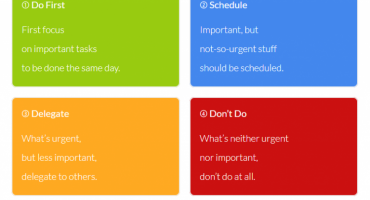
Be productive using tools and techniques.

What Makes You Unique In A Job Interview
